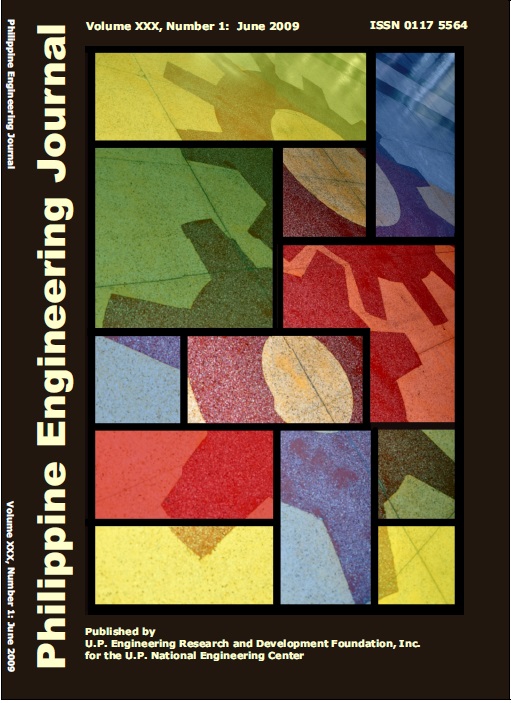Developing the Bounded Inventory Level Policy as Inventory Control Mechanism for Reentrant Lines
Abstract
Manufacturing systems involving reentrant lines have become quite common especially in the semiconductor industry. A reentrant line can be thought of as a queueing network wherein work-in-process materials(WIP) visit one or more workstations, or service facilities, several times before eventually leaving the system. Now the complexity of the reentrant-line problem lies in the difficulty of determining the scheduling mechanism which results in the optimization of system performance.
Although several studies regarding the subject matter have already been conducted in the past, none were able to formulate a general model for every class of reentrant-line systems. As such, the study proposes an inventory control policy, called the Bounded Inventory Level Policy (BILP), which attempts to strike a balance between the frequency of setups and the variability in the internal flow processes for the purpose of reducing the long-run average total holding cost per unit output. It was initially found via mathematical analysis that there are instances wherein BILP is superior to existing inventory control policies. Therefore, the further development and usage of BILP were justified.
Keywords: Bounded Inventory Level Policy, Reentrant Lines, Scheduling Policies


